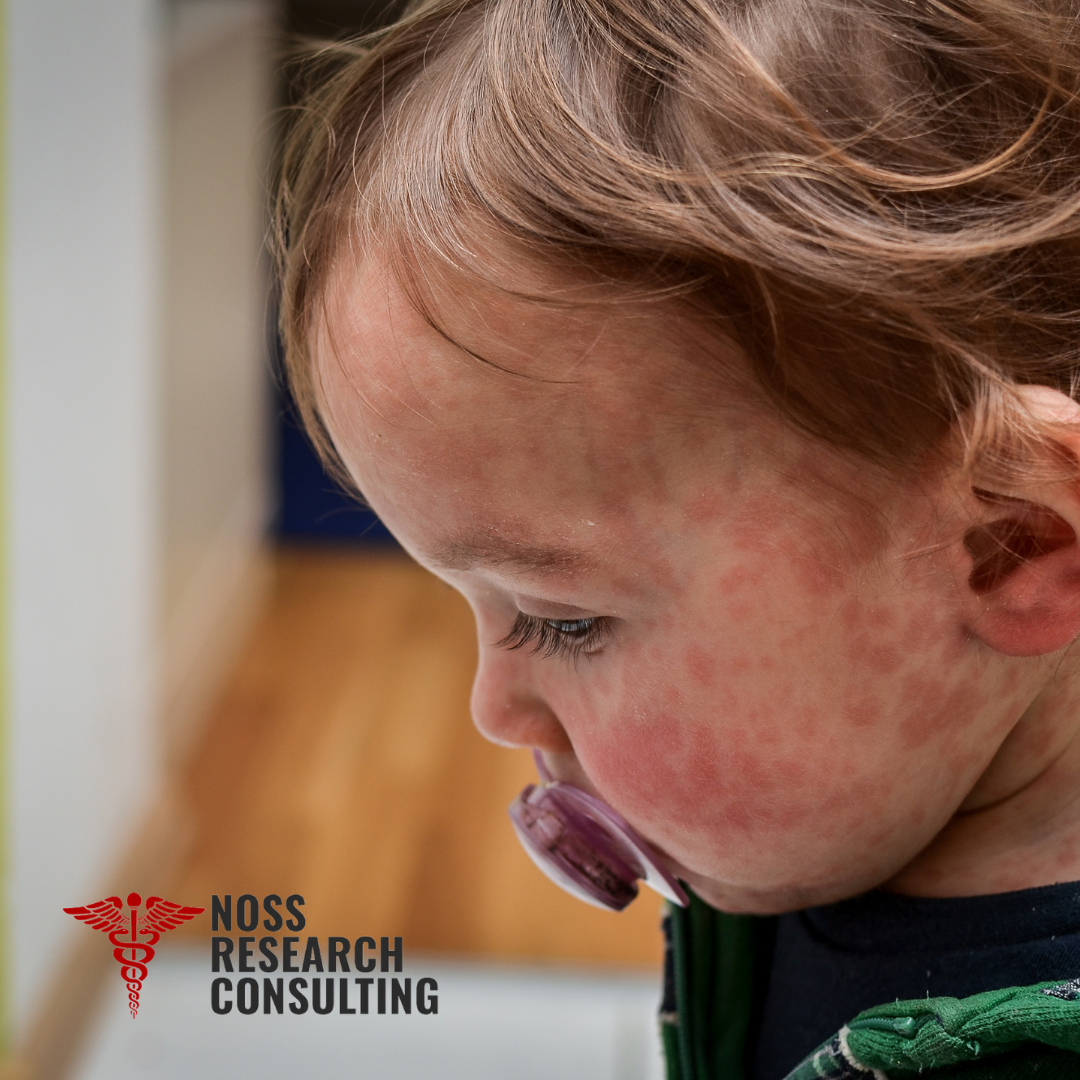The Role of the MVA-BN Vaccine in Protecting Children Against Mpox: Recent Findings and Future Directions
The global mpox outbreak in May 2022, caused by the clade IIb monkeypox virus, marked the first significant human-to-human transmission of the disease. While mpox (formerly known as monkeypox) had previously been contained to sporadic cases, this outbreak demanded immediate global attention. Among the tools used to combat it was the Modified Vaccinia Ankara–Bavarian Nordic (MVA-BN) vaccine, a third-generation smallpox vaccine licensed for both pre- and post-exposure mpox prophylaxis.
While the MVA-BN vaccine has been widely used among adults during this outbreak, little is known about its effects on children, a population at risk due to potential household exposure to infected individuals. A recent study, published on June 16, 2023, in The Lancet Infectious Diseases, aims to fill this knowledge gap.
Understanding the Study
The study, conducted by Shamez Ladhani and colleagues, focused on 87 children in the UK who received a single dose of the MVA-BN vaccine as post-exposure prophylaxis during the public health response to the mpox outbreak. Of these children, none developed serious adverse reactions or mpox after vaccination, suggesting the vaccine is safe for use in children.
Among the 45 children who completed a follow-up survey, 40% reported local reactions to the vaccine, while 24% experienced systemic symptoms, such as fever or fatigue, either with or without local reactions. Seven children also provided blood samples for immunogenicity assessments, revealing the presence of antibodies reactive to several monkeypox virus antigens, including proteins B2, B6, and C18, which are key in the virus’s infection process.
T-cell responses measured in these children indicated that the immune system could recognize and react to both MVA-BN and other orthopoxviruses, including monkeypox. Interestingly, phenotypic differences in the post-vaccination T-cell responses were observed, with CD4+ T cells developing a memory response, while CD8+ T cells displayed a “ready-to-go” effector phenotype. This indicates that the immune system remains on high alert for future encounters with the virus. Furthermore, antibody and T-cell responses were still present in the children 15 weeks post-vaccination, suggesting lasting immunity.
The Unknowns and Next Steps
Despite these promising findings, several questions remain unanswered. Although none of the vaccinated children developed mpox, the study’s small sample size and limited follow-up information make it difficult to conclusively determine the vaccine’s effectiveness in this population. Of the 87 participants, only 45 provided follow-up data, and just seven children participated in the immunogenicity testing.
Moreover, neutralizing antibodies to monkeypox, which are crucial for determining long-term immunity, were not measured in this study. Previous research in other populations has shown that neutralizing antibodies tend to be low after MVA-BN vaccination. Furthermore, the study did not assess cross-reactive responses to the actual monkeypox virus, focusing instead on responses to the MVA-BN vaccine itself.
The long-term efficacy of the MVA-BN vaccine also remains unclear. For example, while smallpox vaccines have historically been 85% effective against clade I monkeypox, immunity waned in some individuals during the 2003 U.S. outbreak, even among those vaccinated decades earlier. In adults, the MVA-BN vaccine has shown 80% effectiveness against mpox within a few months post-vaccination, but it is still unknown how this will translate to children or how long immunity will last.
The Path Forward
Future research should focus on addressing these critical gaps. Key questions include how many doses of the MVA-BN vaccine are necessary to confer long-lasting immunity in children, what the optimal dosing intervals should be, and whether immune correlates of protection can be identified. A deeper understanding of the roles that antibodies and T cells play in mpox immunity is also crucial.
The study highlights the importance of continuing to monitor vaccine responses in both children and adults, particularly in non-endemic settings. As the mpox outbreak evolves, so must our efforts to ensure that all populations—especially vulnerable ones such as children—are protected.
In conclusion, while the study offers valuable insights into the safety and immunogenicity of the MVA-BN vaccine in children, more research is needed to fully understand its long-term efficacy. With mpox posing an ongoing public health challenge, continued vigilance and scientific inquiry will be key to preventing future outbreaks and safeguarding global health.
References
- Ladhani S, et al. Modified vaccinia Ankara–Bavarian Nordic vaccine against mpox in children. The Lancet Infectious Diseases. June 16, 2023. https://doi.org/10.1016/S1473-3099(23)00345-6.



0 Comments